
Researcher and editor | writings on cultural heritage, antiquities trade @TheTLS @HistoryToday @aeonmag @hyperallergic @ChicagoMag @TAReviewofBooks
How to get URL link on X (Twitter) App





https://twitter.com/MichaelDPress/status/1321458738033807365


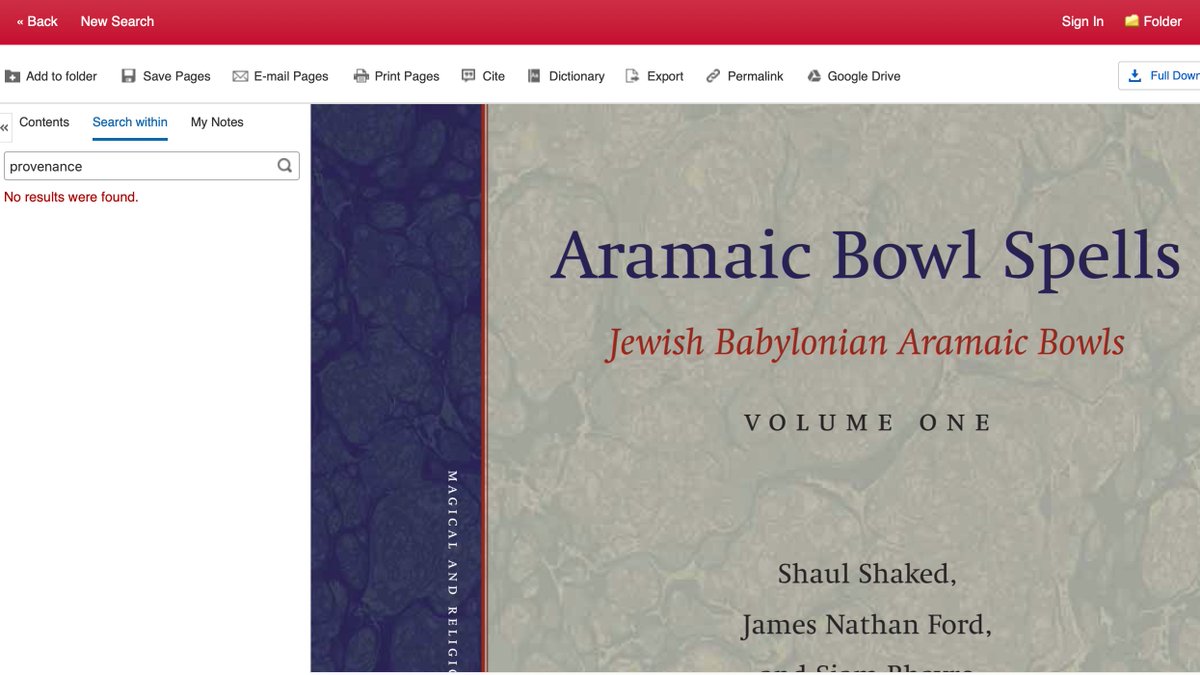
https://twitter.com/arsteinjustnes/status/1411922682938068993
 But in fact this appears to be a case of poorly-done OCR, as the word does occur.
But in fact this appears to be a case of poorly-done OCR, as the word does occur.

 To be fair, that's not quite it: in the footnote, the author thanks the gallery for permission to publish and for providing photos.
To be fair, that's not quite it: in the footnote, the author thanks the gallery for permission to publish and for providing photos. 

https://twitter.com/MichaelDPress/status/1380574344494071812

 It's a broad survey of the material, what you might expect for 1965: starts with Renaissance humanists, and moves on to chapters on Tischendorf, the Cairo Geniza, Oxyrhynchus, the Dead Sea Scrolls, but also a range of other things . . .
It's a broad survey of the material, what you might expect for 1965: starts with Renaissance humanists, and moves on to chapters on Tischendorf, the Cairo Geniza, Oxyrhynchus, the Dead Sea Scrolls, but also a range of other things . . . 




https://twitter.com/MichaelDPress/status/1369365702864482312


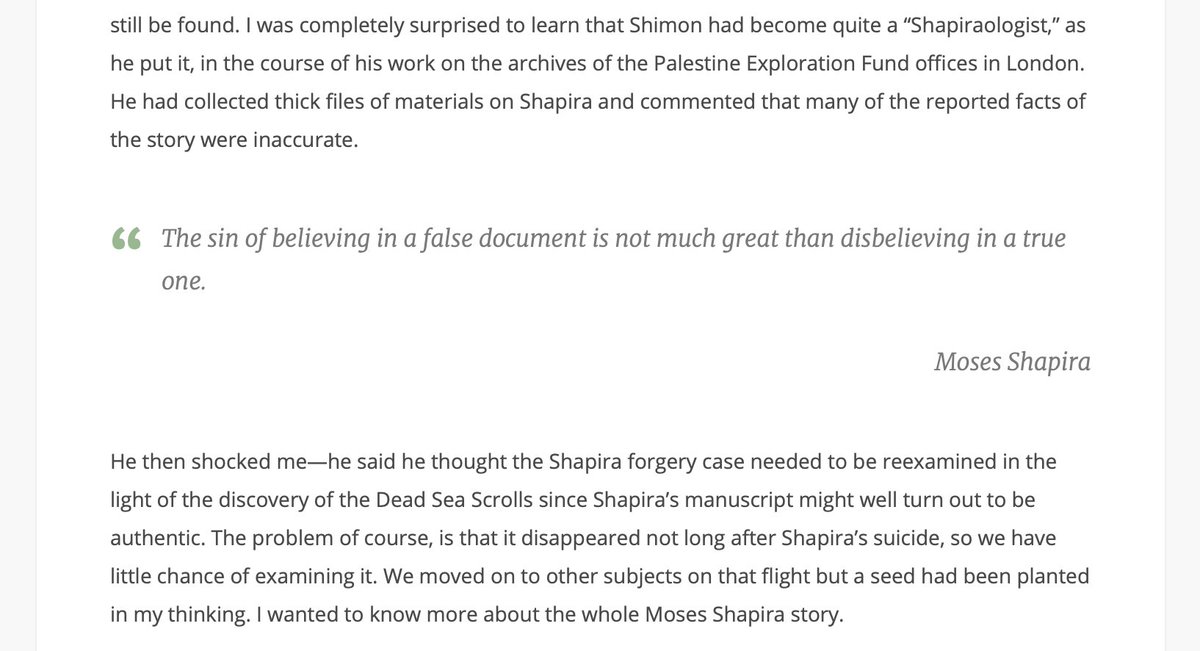





https://twitter.com/DrTermagant/status/1312846781168971778Anyone know what happened to the Zion Research Library ("a nonsectarian Protestant library for the study of the Bible and the history of the Christian Church") of Brookline Massachusetts & its Dead Sea Scroll jar? @MaterializingB



 "The tearing away of the casing, though it removed enough stone to build a walled-town, has not subtracted from its apparent magnitude. It has had the contrary effect."
"The tearing away of the casing, though it removed enough stone to build a walled-town, has not subtracted from its apparent magnitude. It has had the contrary effect." 
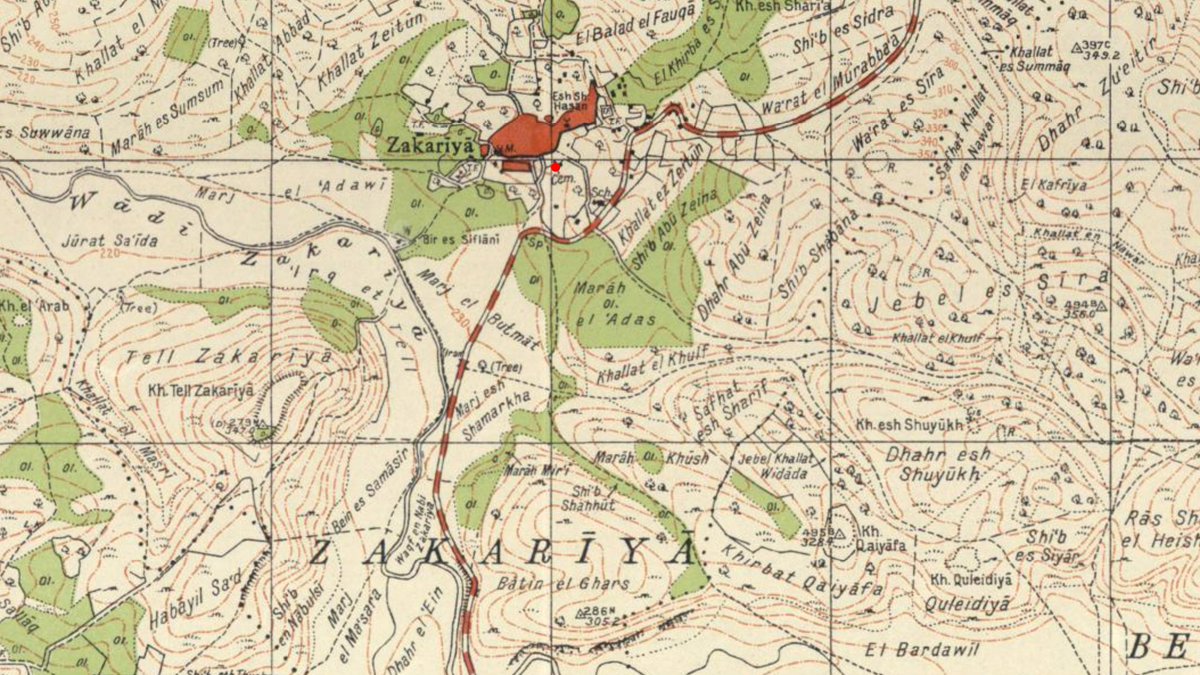

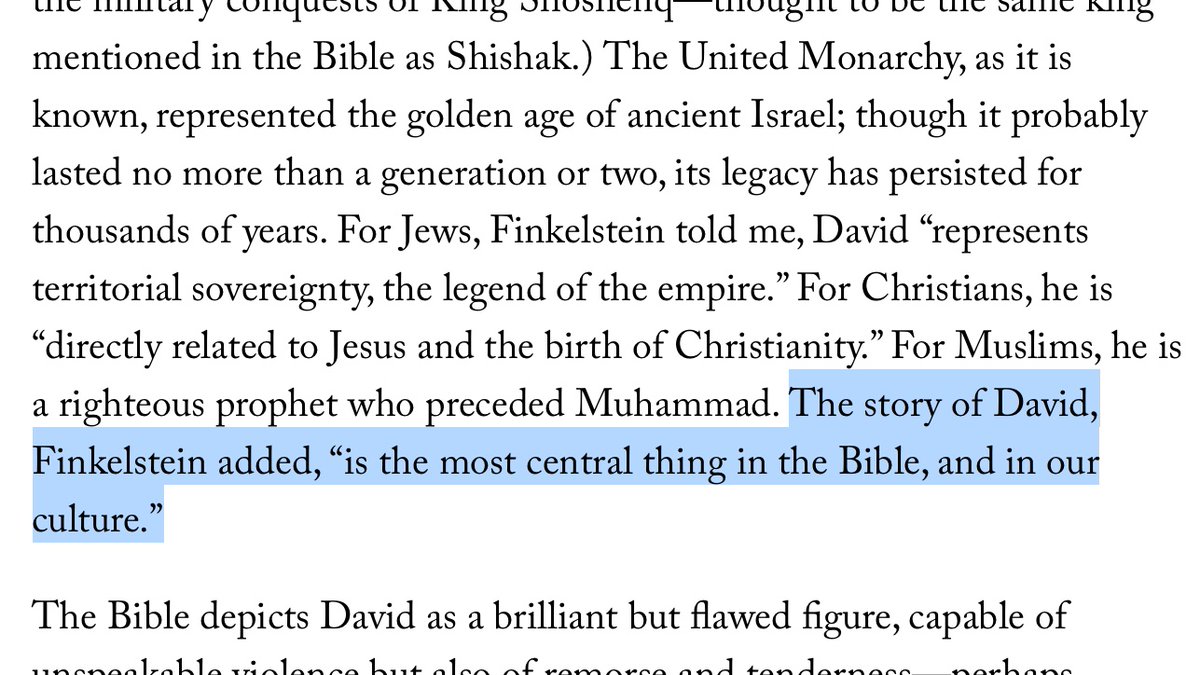

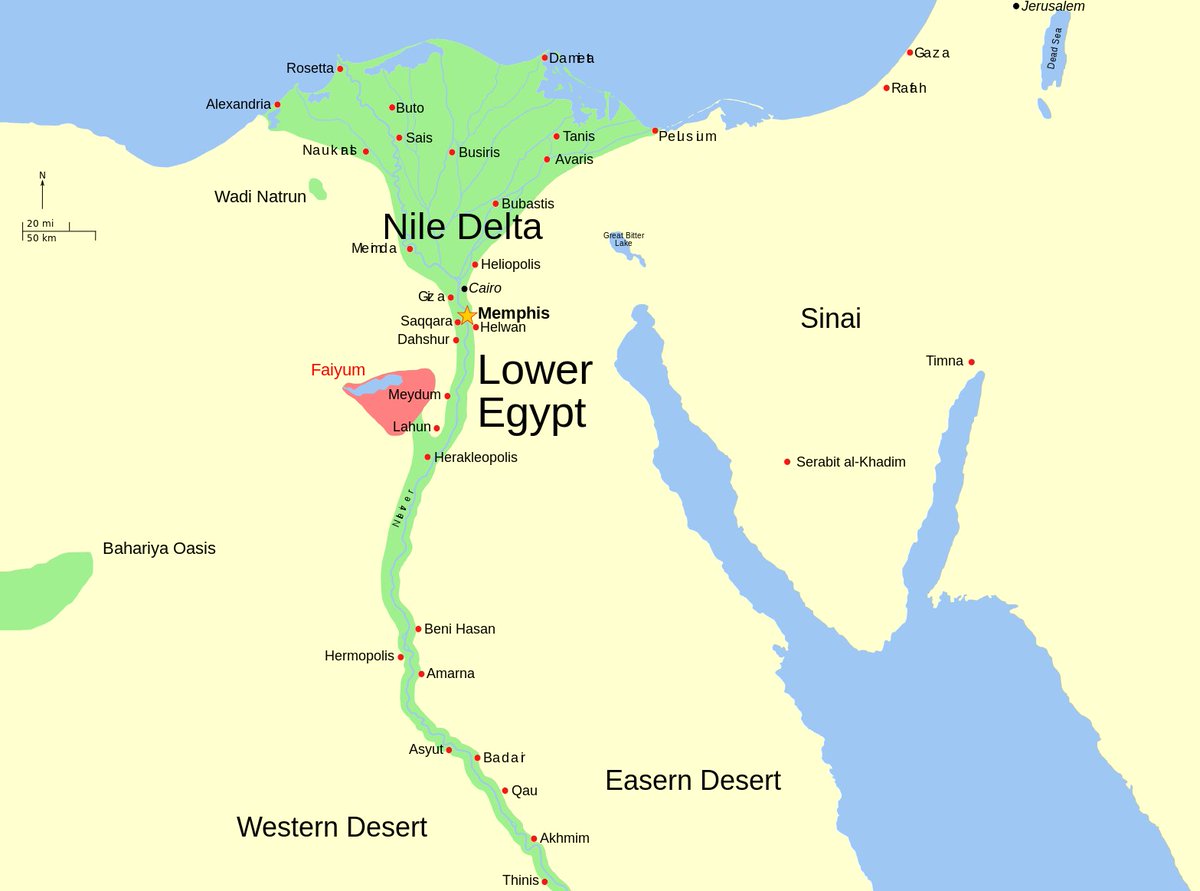
https://twitter.com/MuseeLouvre/status/1266414350870482945These are often called "Faiyum portraits", because many of them come from the area of the Faiyum oasis south of the Delta.


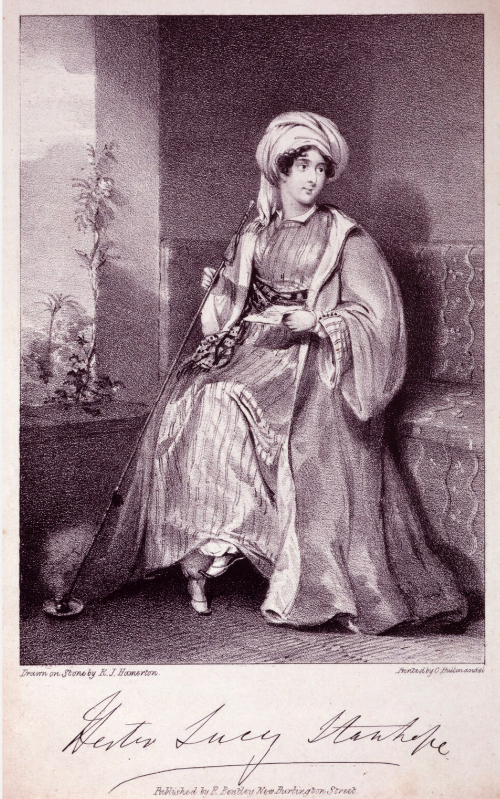


 I realize I may have buried the lede here . . . but the practice of ingesting mummy deserves its own thread.
I realize I may have buried the lede here . . . but the practice of ingesting mummy deserves its own thread.